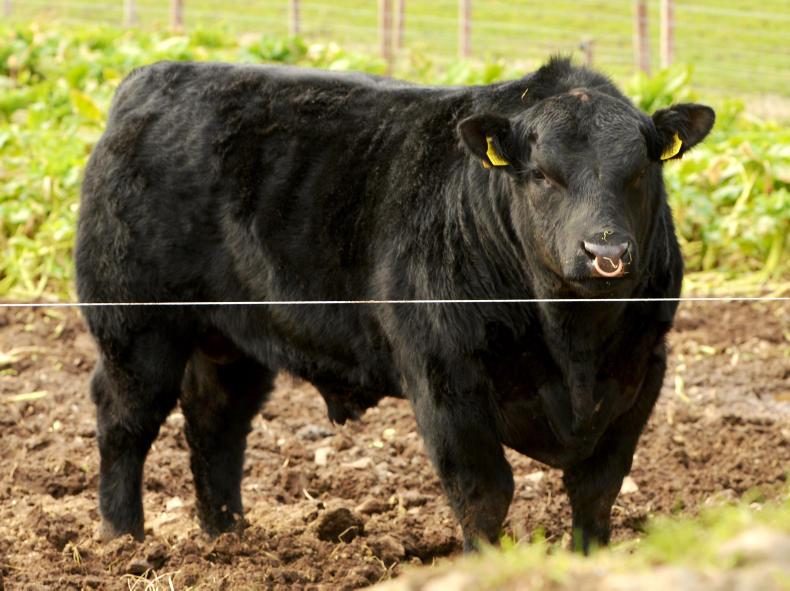Over the coming months, hundreds of bulls across numerous breeds will be sold throughout the country.
This stands as a pivotal time for pedigree breeders, with a vast majority of their yearly income made during this time.
However, it also stands as a crucial time for the farmers who purchase these bulls, marking one of their biggest investments made all year.
While preference of bull type is in the eye of the beholder, there are a few things which potential customers should make themselves aware of before any purchase is made.
However, no matter how good and right the bull is at the time of purchase, unless managed properly afterwards, he could end up costing a lot more than the initial purchase price.
1. Know your market
The first thing a breeder needs to know before looking at any bulls is the market in which he wants that bull’s calves for. This will allow the farmer to then identify the traits necessary to fill this market.
A basic example is a dairy farmer wanting to get the cow to the parlour as soon as possible, so his desired traits are easy calving and short gestation. However, this trait selection comes more into play in a suckler scenario. Breeders here should focus on specific traits depending on whether breeding cattle which will inevitably end up being slaughtered or if the progeny will be kept as replacements.
It is very hard to find a bull to tick all the boxes. Fertility and milk should be priority if heifers are retained, whereas this stance can be relaxed and terminal traits looked at if breeding animals for slaughter.
2. Understanding stars
Whether you agree with them or not, the €uro-Star indices are fast becoming a significant part of bull selection, especially since the introduction of the Beef Data and Genomics Programme (BDGP) in 2015. This provides financial support to beef farmers who hit certain criteria. One of the main requirements is participants will have to be using a genotyped four- or five-star bull on the replacement or terminal index. Again, this is why it’s essential for the farmer to know his market. A farmer who is killing all progeny should pass no heed on the replacement index, but instead focus on the terminal. Whether in the programme or not, the indices can be used as a tool in bull selection.
3. Health status
Buyers should be aware of the health status of a bull prior to purchase. Unless a testing and vaccination programme consistent with your own is run, both the bull and the purchaser’s entire herd stand at risk of disease spread. Bulls exposed to certain diseases also risk the chance of going infertile for a brief period. Where a bull is tested clear but not vaccinated prior to purchase, a similar vaccination programme to that of the purchaser’s herd should be carried out before introduction to the new herd. Buying from breeders with a known herd health status is advisable.
4. Age and fertility
Knowing the amount of work the young bull will be undertaking is essential information, as this will determine the age of bull required for your herd. A bull, particularly in its first year, should not be over-worked. A general rule of thumb is one bull can service as many cows as he is months old. It is also advisable to choose a bull warranting a fertility test cert – this gives some reassurance as to the semen production capability of the young bull.
5. Price
Price and calving ease will stand as two of the biggest factors when choosing your potential stock bull. Unless the calf is born alive, it’s impossible for you to make money back on your original purchase. One top-producing cow will achieve a superior price on one calf, whereas a top-performing bull will produce an increased price on all calves. Where a bull has the ability to add significant profit to your enterprise, it makes sense to invest at the time of purchase to obtain the best possible bull for your herd. Therefore, the price paid for the bull should be a reflection of the price hoped to be achieved from its progeny.






 This is a subscriber-only article
This is a subscriber-only article










SHARING OPTIONS: